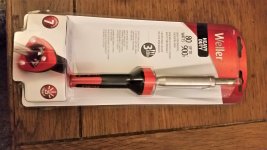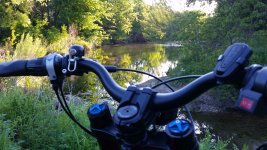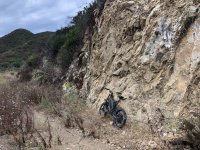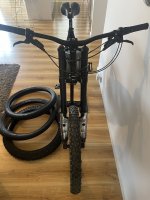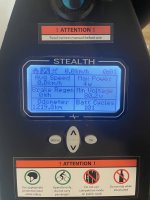The BMS current limit should be lower than the cells can take.
The BMS is intended to protect the cells; it's the reason to use one, so all of it's limits should be such that the cell limits are never exceeded (preferably such that the usage never comes near the cell limits, with the BMS shutting off output if they do).
The BMS's FET rating should be MUCH higher than the system will use, so that you have plenty of current capability for surges, spikes, etc (such as charging caps in the controller at connection or power on, which is a VERY high current for just a moment), with no risk to the FETs.
(when BMS FETs do fail, they usually fail shorted, stuck on, so that the BMS cannot protect your cells against overcharge, overdischarge, overcurrent, etc., and it is a silent failure, so you do not even know this has happened until something severe enough happens to the cells that it affects the ride enough for you to notice).
The *controller* has a current limit that must be below what the BMS limit is, so the controller does not trip the BMS or attempt to overload the pack / cells. If it is a controller capable of more than that, it needs to be programmed not to do so. Then the controller will simply limit current once that has been reached, and the system continues to operate at that limit.
If you depend on the BMS's current limit to protect things, then everytime you hit it you will lose all power. Can make riding suck, and under street / traffic circumstances could be fatally dangerous.


